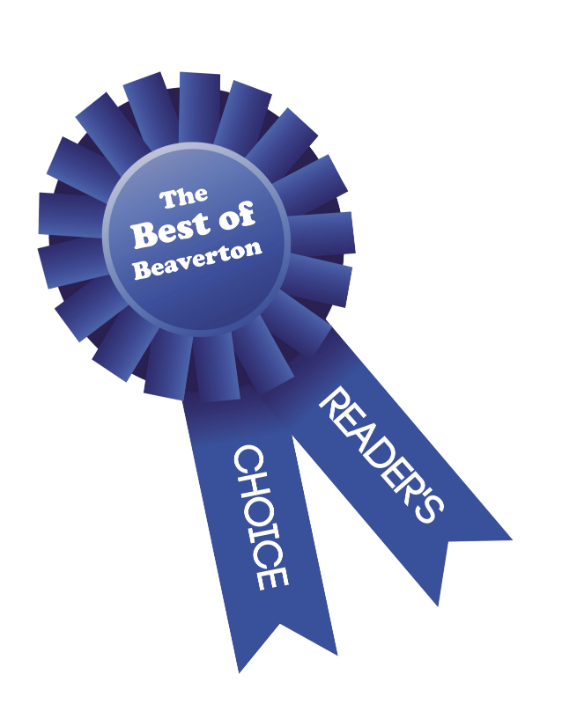
Proper posture is a daily practice that yields a lifetime of health
Designed to operate in a specific way, your physical structure acts according to evolutionary functions and behaviors. We call this "body mechanics." Maintaining healthy body mechanics, beginning with your posture, is crucial to reducing physical pain and rapid aging.
Modern humans forgot how to move
Humans have developed modern living and work conditions that drastically shift how we utilize our bodies from how they have evolved to function over previous millennia.
Our bodies adapt remarkably well to the actions we impose on ourselves through repetition. Unfortunately, our current lifestyle of repetitive movement and inactivity attribute to our daily physical detriment.
Current working conditions in industrialized countries haven’t done human body mechanics any favors. From factory, to service, to transportation, to C-suite, modern homo-sapiens suffer joint issues, skeletal misalignment, and muscle atrophy resulting from and attributing to poor posture. We lack hydration, ignore our body’s signals, and limit our range of motion by staying remarkably still for being creatures of movement.
By constant re-enforcement of poor posture, we efficiently engrain deeper and deeper into our neurons and proprioceptors the lousy body mechanics. Before we know it, we slump by default. Our necks develop pains regularly from forward head posture, and we learn to accept and pass off the ailments we experience as “aging pains.”
Back to body mechanic basics
As a developing baby and toddler, when you first learned to walk, your body had perfect mechanics. Shoulders back, head held high, and a squat that would put any bodybuilder in their place.
Babies and children, as they develop, are constantly strengthening their spines through back arches and other functional body mechanics needed for ideal balance, strength, and agility.
Returning to this state of ideal body mechanics is a daily practice that yields a lifetime of positive health results.
Your habits are training your body mechanics through every aspect of daily life. If you experience pain or dysfunction in any activity of your daily life, it is likely due to poor body mechanics. Having good body mechanics involves:
1. Stable joints as the foundation to good posture.
2. Supple tissues can be reeducated into behaving the way you want them to for your body’s benefit.
Better posture through movement
Your spine has natural curves that support a remarkable ability to load and haul huge forces, as long as you are maintaining good structural integrity through your joints.
Joints are vulnerable. They need proper lubrication and the strength of the surrounding tissues (ligaments, muscles, and interconnective fasciae) to bolster and support them so that they don’t slip too far in any direction.
Modern lifestyles have conditioned our muscles and fasciae to stay short and prone to wear and tear because of lazy, slumpy posture. This results in herniations, bulges, inflammation, and pain.
Maintaining good body mechanics is all about being insistent and deliberate with your posture. Good posture supports the comfortable function of our joints, circulation, and nerves.
At-home exercises to improve body mechanics and posture
Build strength and flexibility in your torso muscles to support proper posture and body mechanics. The goal is to build an intense connection with the muscles to squeeze them to the point of near cramping. Increase your time limits as these exercises become more manageable.
Exercise 1: Pinch the tops of the shoulder blades together and hold for three seconds – this requires you to arch your back
Difficulty Modification: pinch shoulder blades together and slowly elevate the shoulders towards the ears then alter with pressing them toward the floor while continuing to squeeze
Exercise 2: Standing backstroke by slowly rotating the arms in a backstroke movement through as wide and high of an arc as possible
Difficulty Modification: keep elbows bent as much as possible through this movement to include the triceps – an added lean to each side to push the arm higher will stretch the latissimus muscles
Exercise 3: Spinal arches from the head, the way a baby does before walking - lay face down on the ground and arch the spine to look upward (don’t forget to breath!)
Difficulty Modification: spinal arches plus add in scapular retraction, like a skydiver freefall position
Exercise 4: Spinal arches from the tailbone up
Difficulty Modification: spinal arches while pulling the shoulder blades back as in exercise 1
Exercise 5: Collapsed side planks – begin in a side plank then slowly lower your hip to the floor while keeping your arm straight
Difficulty Modification: switch arms slowly and gently rock from left to right side while maintaining the collapsed side plank
Pro help for poor body mechanics
Sometimes, a body needs rehabilitative support and a mindful daily practice of proper posture and strengthening exercises. We recommend a combo of professional input to help you on your journey to optimal health.
Learn correct technique and posture for your preferred style of exercise with a professional trainer. Optimal posture through movement is what personal trainers should excel at teaching.
A chiropractor can help you get on the right track with proper spinal and skeletal alignment, so optimal body mechanics is possible.
Professional massage will provide conditioning and balance to your soft tissues so that they are willing and able to receive new input through your daily attention to proper body mechanics, posture, and strengthening exercises.
Ultimately, your daily habits provide the foundation for re-wiring your body mechanics back to their balanced and healthy state.
For chiropractic care and massage tailored to enhance your wellbeing - and posture! - contact True Potential Chiropractic today at (503) 574-4872

